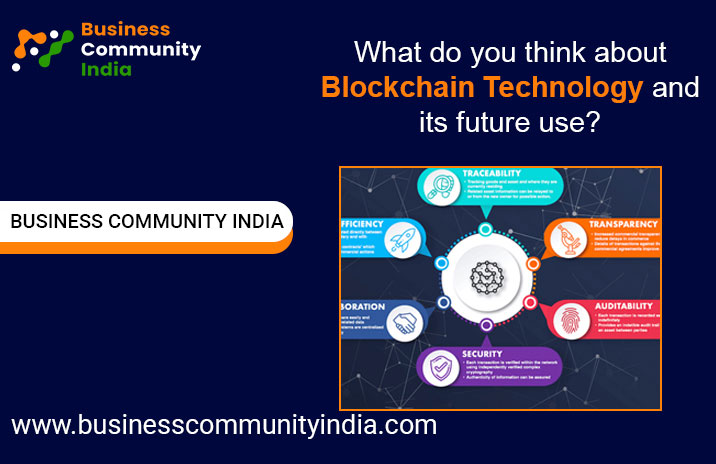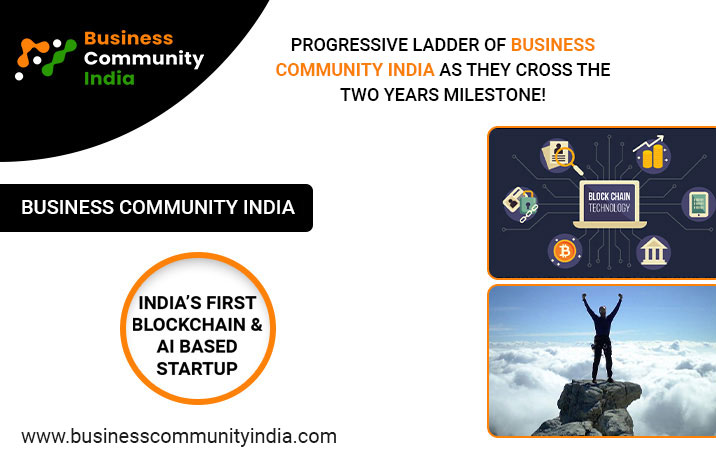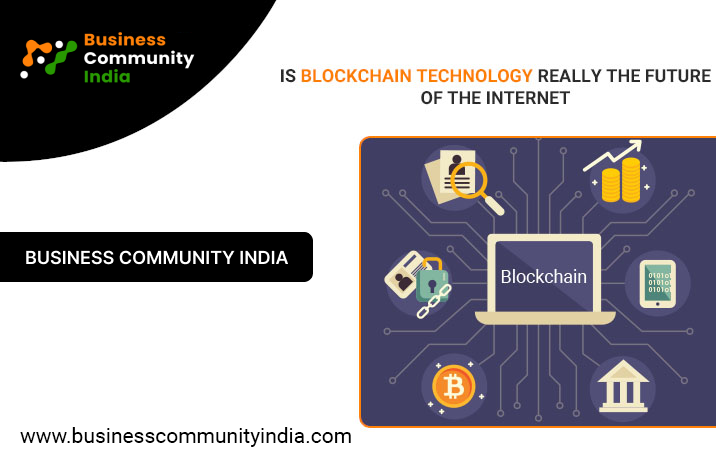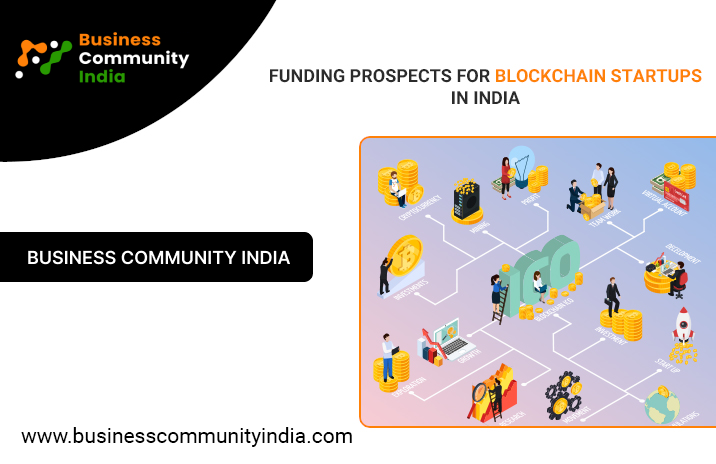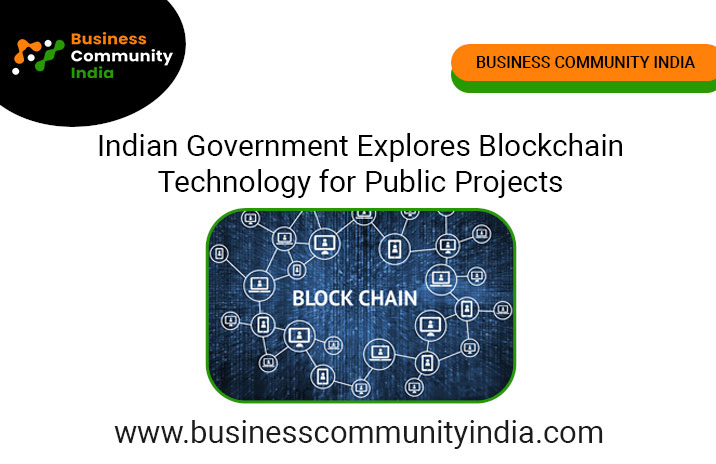
What is Blockchain and How Can it be Used in Education?
What is Blockchain?
Blockchain is a newer innovation in computer science, that has world-wide scale and reach, as well as interdisciplinary applications. It is destined to disrupt the global economy in the foreseeable future. The World Economic Forum (2015) estimates that by 2025, at least 10% of the world's GDP (USD 100 trillion) will be managed via Blockchain technologies, and half of that will be in the form of a cryptocurrency.
You may have heard of bitcoin, which is the first crypto (code based) currency to become mainstream, and is a good example of what Blockchain is capable of.
To attempt to simplify the explanation, a Blockchain is a distributed book of records (or units of value) that can be shared by a community. In this community, each member maintains his or her own copy of the information. The information could be representative of transactions (a currency or other unit), contracts (agreements to move assets, funds, or information), or virtually anything else that can be put into a digital form. Each change or addition of a unit of some kind is a new block added to the end of a chain.
Blockchain is an emerging technology, with countless capabilities to affect every part of our lives, and the way we conduct transactions or keep records. Analysts see the potential for this technology to disrupt traditional methods of transaction, and data collection services, since Blockchain are distributed, decentralized, and permanent pieces of information.
The possibilities for this technology use in the education sector are exciting however, many stakeholders within education are unaware of the many advantages of Blockchain technology.
Back to bitcoin if you can imagine tiny digital pieces of information that belong to someone, accessed through an interface on a server, and only transferred with that person sole consent, you can start to think of other applications to this kind of data asset.
How can Blockchain be used in education?
Student records are endless, and with Blockchain technology, assets like attendance, courses, payments toward tuition if they attend a private school, grades, coursework, and even their diploma can become part of their personal Blockchain record. Since these records cannot be deleted, this helps with data security in that it is immutable. It also belongs to the student, rather than to the school. With Blockchain, no participant can tamper with a record after it has been saved. If a record has an error, a new record must be added to correct it, and both the incorrect and correct records will remain visible.
Today, many state educational institutions are in the planning process for implementing Blockchain-based tools, and if you work with schools, being aware of this will help position you as knowledgeable of this change, and perhaps you can provide solutions to help. Are you in the Blockchain of creating open source software? If so, you may be able to help provide the right platform for a school's first attempt at utilizing Blockchain technology.
Benefits and beneficiaries
The benefits of Blockchain can only be realized through open implementations of the technology.
Blockchain uses open source software which is a type of computer software whose source code is released under a license, in which the copyright holder grants users the rights to study, change, and distribute the software to anyone and for any purpose (St. Laurent, 2008).
According to the EU Report of Blockchain in Education, Further development of the technology in the educational field should be considered as a shared competence of the market and of public authorities, to ensure an appropriate balance of private sector innovation coupled with safeguard of the public interest.
Furthermore, the main beneficiaries of the adoption of Blockchain-based technologies in education are likely to be networks of educational organizations and learners. Charter Management Organizations that manage many schools within a network, that are already open to trying new ways of educating and informing their students, may be the perfect group to try to implement this tech in the near future.
Certificates and Blockchain a new form of Gamification?
The concept of a certificate is nothing new, and in education, the big certificates include a student's diploma or GED. But throughout education, students can earn certificates to provide evidence of an individua's learning achievements. Those achievements can then be used to determine their readiness to progress to another grade level, and perhaps in career and vocational education programs, can measure their readiness for the workforce.
Earning a certificate for other achievements for learning a specific set of skills for example also has the potential to be a motivational tool for students in the same vein as gamification. Achievements help with intrinsic motivation. The early literature on Blockchain makes frequent references to self-sovereignty, and the individual's ability to own and control his or her own identity online, which is also a motivator as students may aim higher if they're the only owners of their educational record. Overall, there are many applications of this technology, and schools will likely be investigating and implementing these tools in the near future.
Popular Blogs
-

- How Secure Is Blockchain Technology Jul 7, 2021
-

- Zero investment business in India Jun 25, 2021
-
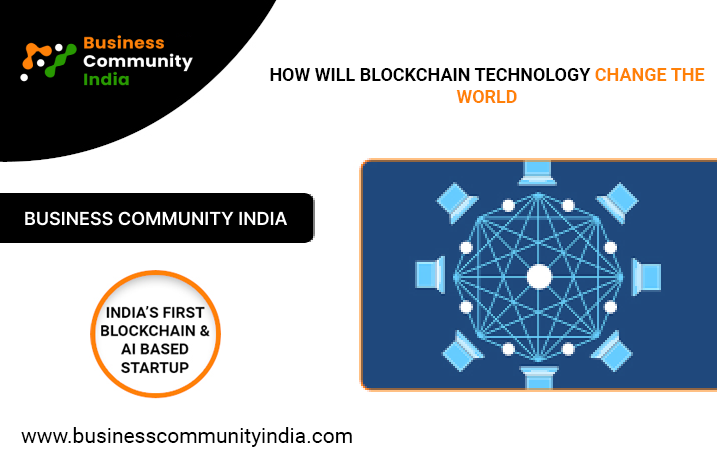
- How Will Blockchain Technology Change The World Apr 19, 2021
-

- Blockchain Trends in 2021 - Business Community India Feb 12, 2021
-

- Business Community India The Growth Partnership Feb 4, 2021
-
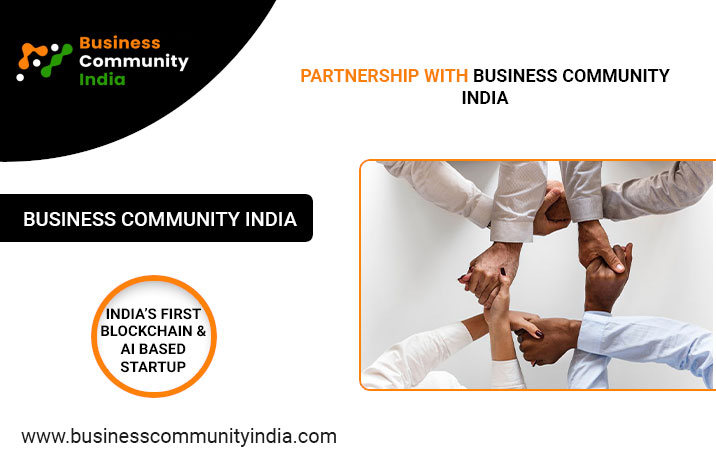
- Partnership With Business Community India Nov 30, 2020
